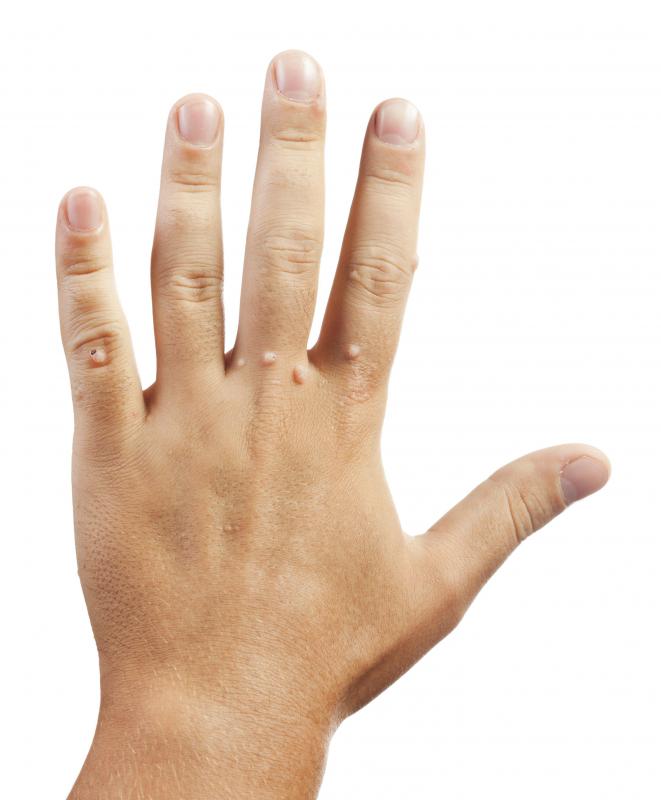At AllThingsNature, we're committed to delivering accurate, trustworthy information. Our expert-authored content is rigorously fact-checked and sourced from credible authorities. Discover how we uphold the highest standards in providing you with reliable knowledge.
What Is Impatiens Balsamina?
Impatiens balsamina is an ornamental annual featuring brightly colored flowers of pink, purple, white, salmon, cream, or red. This plant is sometimes known as the touch-me-not because its ripened seed pods react to a light touch by bursting explosively as a means of distributing seeds away from the parent plant. Other nicknames in English for this plant include rose balsam or camellia-flowered balsam, due to the visual similarity of its flowers to roses or camellias; garden balsam; lady slipper; balsamine; spotted snapweed; and jumping Betty. Impatiens balsamina can be grown in full sun or partial shade in a variety of soil types. It is considered simple to cultivate and can be grown indoors, in a container, or in the ground as a colorful addition to a landscape.
This annual belongs to the Balsaminaceae family, which features as many as 1,000 different types of impatiens. Impatiens balsamina is native to the tropical areas of Asia, including India and China, but has been cultivated widely. It is now naturalized in many tropical and temperate areas of the world. In the U.S., impatiens balsamina is found primarily in a wide strip encompassing the Northeast and Southeast regions from Florida to New York, with specimens being found as far west as Missouri.

The colored blooms of impatiens balsamina typically attract insects such as bees, as well as some types of birds that feed on nectar. These plants have thick stems and grow to be up to 29.5 inches (75 cm) tall. They feature bright green leaves as long as 6 inches (15 cm) with pointed tips and serrated edges.
Impatiens balsamina thrives in many settings as long as it is provided sufficient water. If outdoors, this plant should be sheltered from heavy winds. It will continue blooming as long as temperatures remain warmer than 55 degrees Fahrenheit (13 degrees Celsius).

This annual does well when transplanted from greenhouse containers to the ground, if watered well. It is often recommended that this plant ideally be started from seed rather than propagated from cuttings. Germination from seed takes approximately 8-14 days.
Folkloric tradition holds that the flowers, seeds, or leaves of impatiens balsamina can be used to help heal specific physical ailments. It is often said to be a remedy for snakebite. Some individuals have used this plant as a folk remedy for warts, burns, and some types of inflammation such as arthritis or skin problems. It is sometimes also used as a gastrointestinal aid.
Frequently Asked Questions
What is Impatiens Balsamina?
Impatiens balsamina, commonly known as balsam or garden balsam, is an annual flowering plant belonging to the family Balsaminaceae. It is characterized by its vibrant flowers, which come in shades of pink, red, purple, and white, and its ability to thrive in both sunny and shaded areas, making it a popular choice for gardeners seeking continuous blooms throughout the growing season.
Where is Impatiens Balsamina native to, and where can it grow?
Native to South and Southeast Asia, Impatiens balsamina has been widely cultivated around the world in temperate and tropical regions. It is adaptable to various climates but prefers moist, well-drained soil and partial shade. Its versatility allows it to flourish in gardens, as well as in containers and window boxes.
How do you care for Impatiens Balsamina?
Caring for Impatiens balsamina involves keeping the soil consistently moist without waterlogging, providing partial shade to protect from intense sunlight, and deadheading spent flowers to encourage further blooming. It's also important to ensure good air circulation to prevent fungal diseases, which the plant can be prone to in humid conditions.
Are there any medicinal uses for Impatiens Balsamina?
Historically, Impatiens balsamina has been used in traditional medicine for its purported anti-inflammatory and analgesic properties. Parts of the plant have been applied to treat conditions like rheumatism, fractures, and nail inflammation. However, these uses are based on traditional practices, and one should consult a healthcare provider before using it for medicinal purposes.
Can Impatiens Balsamina attract wildlife to my garden?
Yes, Impatiens balsamina can attract a variety of wildlife to your garden. Its nectar-rich flowers are particularly appealing to pollinators such as bees and butterflies. Additionally, the plant's vibrant colors can also attract hummingbirds, adding a dynamic element to your garden ecosystem.
Is Impatiens Balsamina invasive, and how can I prevent it from spreading?
Impatiens balsamina can be invasive in certain regions due to its prolific seed production and ability to self-sow. To prevent unwanted spreading, gardeners should deadhead the flowers before they set seed and dispose of any plant debris responsibly. Always check local regulations as some areas may have specific guidelines for managing potentially invasive species.
AS FEATURED ON:
AS FEATURED ON:












Discussion Comments
Excellent. Very good research.
Post your comments